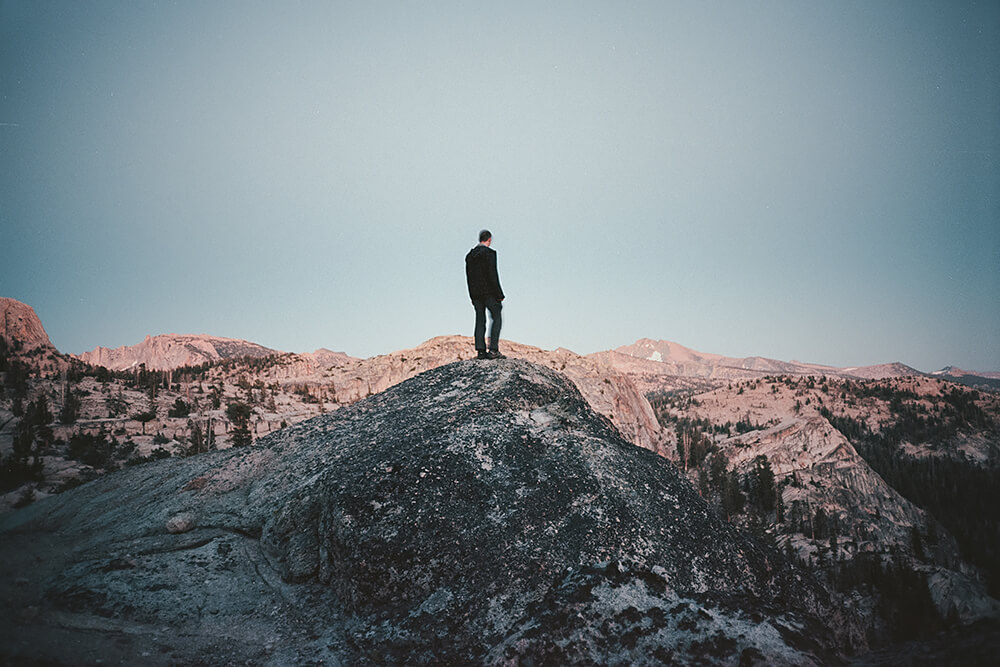Cody Cobb (b. 1984 in Shreveport, Louisiana) is a photographer based in Seattle, Washington. His photographs aim to capture brief moments of stillness from the chaos of nature.
For weeks at a time, Cobb wanders the American West alone in order to fully immerse himself in seemingly untouched wilderness. This isolation allows for more sensitive observations of both the external landscape as well as the internal experience of solitude. Through subtle arrangements of light and geometry, the illusion of structure appears as a mystical visage. These portraits of the Earth's surface are an attempt to capture the emotion of the land as much as the topography.
Cody Cobb was named one of PDN's 30 emerging photographers to watch in 2018 and is a part of Photolucida's Critical Mass Top 50. Cody's work has also appeared in publications such as The California Sunday Magazine, Aint-Bad Magazine, MADE Quarterly and 'Cascadia' by Another Place Press.
"While American landscape photography has been historically tinged with a tendency to capture, stake claim, or make the land a souvenir for the rest of the world to see, Cobb's practice is humbler. For Cobb, it's not about conquering the wild and majestic; instead, he submits to a wilderness larger than us all." -
Jon Feinstein for Photograph Magazine (Sept/Oct 2018)
Article:
West
